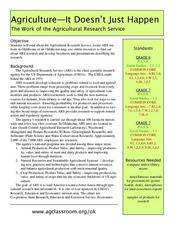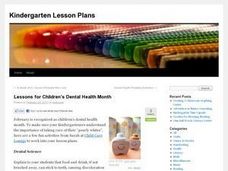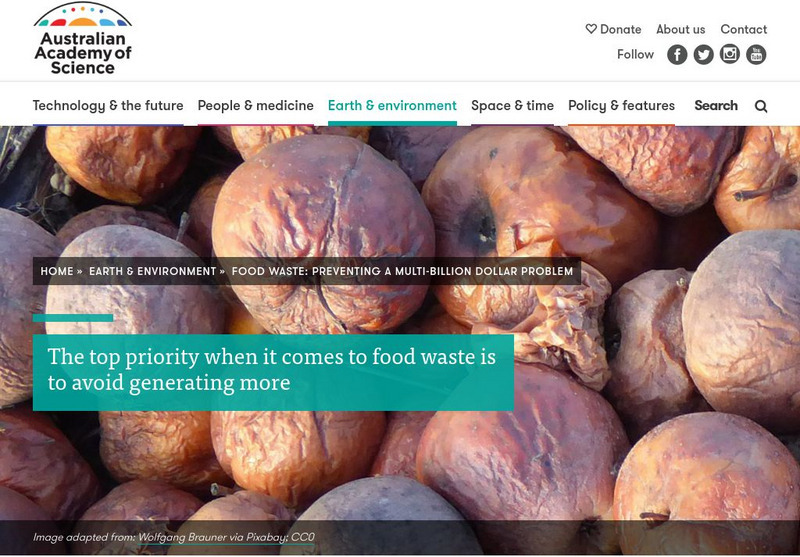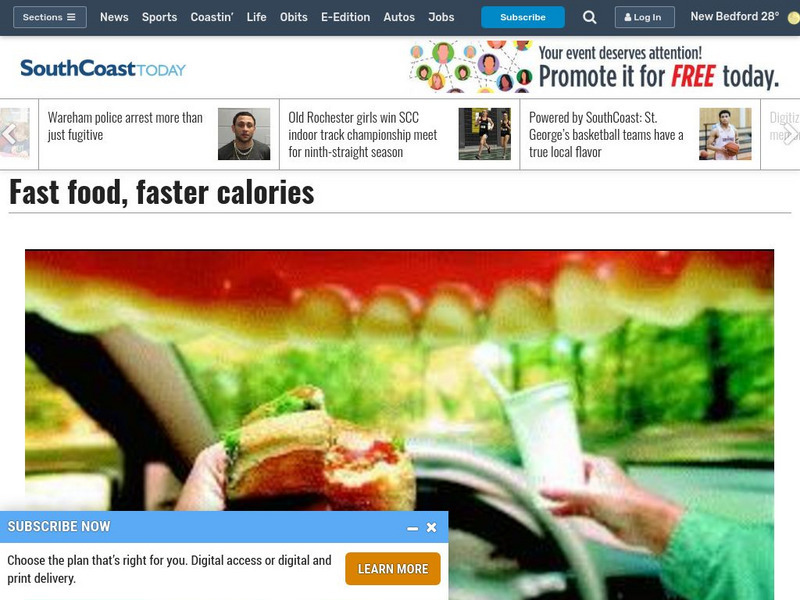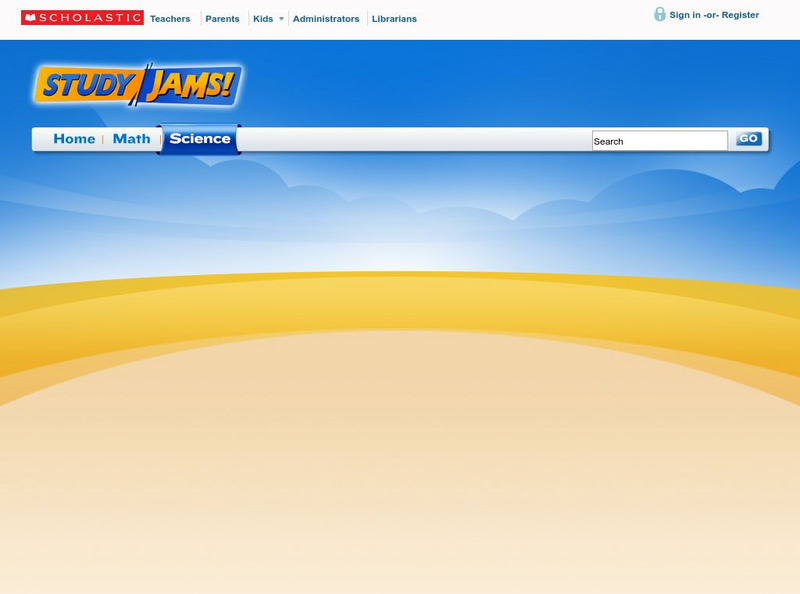Curated OER
Plant Poetry
In this poetry worksheet, students complete a poem about plants and insert the right wording to each line. Students complete 10 lines of the poem with specific directions.
Curated OER
Fertilizers, Pesticides and Health
High schoolers apply real data to create and calculate algebraic equations. Students create a visual to represent the concentration for one part per million and apply unit analysis to verify measurement computations. High schoolers...
Curated OER
The Buzz on Bees-How Bees Make Our World a Little Sweeter
These lessons can help students learn about the important role bees play in the ecosystem.
Curated OER
Caffeine and Nicotine
High schoolers research the effects of caffeine and nicotine online.
Curated OER
Ralph Nader
In this online interactive Ralph Nader worksheet, learners respond to 15 fill in the blank and multiple choice questions regarding the information included in the provided paragraphs.
Curated OER
Agriculture - It Doesn't Just Happen
Sixth graders examine the role of the US Department of Agriculture. In this United States Agriculture lesson, 6th graders create maps with sites and specialty areas. Students create a presentation on the topic they were given to research.
Curated OER
Lessons for Children’s Dental Health Month
Students learn about dental health. In this dental health lesson, students relate the eggshell to the enamel of the tooth. Students experiment with four drinks to see the effects on the tooth. Students listen to books about dental health.
Curated OER
Career Investigation Project
Students explore a career of their choice to learn about a career that interests them. In this career exploration lesson, students research a variety of careers and select one in particular. Students create a project to tell others about...
Curated OER
The Designed World
Students manage and retrieve numbers and letters that are logically sorted. In this logical information lesson, students do the flood game from the PBS website. Students answer questions about library books.
Curated OER
What does AG have to do with me?
Students practice alphabetizing while categorizing sources of basic agricultural products. They discuss agricultrual products, discover where they are grown and draw a simple agricultural scene on poster board.
Other
Virginia State Department of Agriculture/consumer Sciences: About Food Poisoning
This site about food poisoning discusses Staphylococcus Aureus - what it is, where the common sources of "staph" are, common symptoms, and what can be done to prevent contamination and infection.
Other
Australian Acad. Of Science: Food Waste: Preventing Multi Billion Dollar Problem
The top priority when it comes to food waste is to avoid generating more. Food waste includes all food intended for human consumption that never reaches us, as well as edible food that consumers throw away. As it rots in landfills, food...
Science Struck
Science Struck: Difference Between Food Chain and Food Web
Explains the characteristics of food chains and food web; the different levels of producers, consumers, and decomposers; and the differences between food chains and food webs. Includes charts and a Venn diagram comparing the two.
CK-12 Foundation
Ck 12: Fifth Grade Science: Life Science: The Flow of Energy in an Ecosystem
A module that explains what an ecosystem is and how energy and matter move through them. Students will look at the different roles of plants and animals and at ecological relationships in food chains and food webs.
University of Utah
University of Utah: Learning Center: learn.genetics: Great Salt Lake Food Web
Visualize how energy transfer takes place in two linked food chains, and how it demonstrates the interdependence organisms of the Great Salt Lake.
Other
South Coast Today: Fast Food, Faster Calories
A personal account of eating at fast food restaurants. Learn how you can still eat at fast food restaurants without consuming all the calories you need in one meal.
CK-12 Foundation
Ck 12: Life Science: Consumers and Decomposers
[Free Registration/Login may be required to access all resource tools.] Producers make their own food through photosynthesis. But many organisms are not producers and cannot make their own food, but must get their energy from other...
Science Struck
Science Struck: Examples of Tertiary Consumers
Explains what is meant by a tertiary consumer in a food chain and provides examples.
Science Struck
Science Struck: Learn All About the Ocean Food Chain
Read about the different predators, consumers, and producers that make up an ocean food chain.
Scholastic
Scholastic: Study Jams! Science: Ecosystems: Food Webs
A video and a short multiple-choice quiz on food webs that explains the difference between food webs and food chains, and the relationships that exist between organisms.
Utah Education Network
Uen: Biological Energy Food Chain Practice
After reviewing the roles of consumers, producers and decomposers, you'll create your own food chains using pictures from magazines. The site also has 18 questions to see if you can identify the ecologic role played by various organisms.
Scholastic
Scholastic: Study Jams! Science: Ecosystems: Food Chains
A video and a short multiple-choice quiz on food chains that explains how energy flows through the chain, beginning with plants.
Read Works
Read Works: The Food Chain
[Free Registration/Login Required] An informational text explaining important vocabulary involving the food chain. A question sheet is available to help students build skills in reading comprehension.
Project Britain
Primary Homework Help: Food Chains Quiz
Brush up on food chain vocabulary before taking this interactive quiz. Check the box for the correct answers throughout the assessment.







